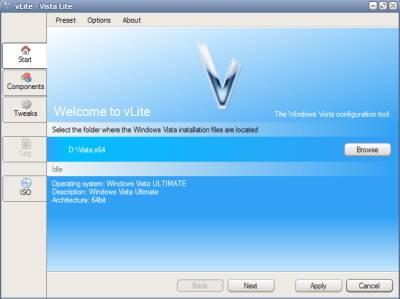Why did Windows 95 Setup consist of three separate programs and make a direct upgrade from MS-DOS to Windows 95 impossible?

By
The setup file for Windows 95, which was released in 1995, consisted of three types of programs: MS-DOS, 16-bit, and 32-bit. When upgrading from MS-DOS, Windows 3.1 was installed along the way. Raymond Chen, a software engineer who has been involved in the evolution of Windows for over 30 years, explains why the setup was so complicated in Microsoft's official blog , The Old New Thing .
Why did Windows 95 setup use three operating systems? - The Old New Thing
https://devblogs.microsoft.com/oldnewthing/20241112-00/?p=110507

Why did Windows 95 setup use three operating systems? | Hacker News
There are three possible environments for installing Windows 95: a new installation on 'MS-DOS' or 'Windows 3.1', and reinstalling 'Windows 95' for the purpose of file repair, etc.
There are several options for what type of setup file to prepare, but if you want to minimize the effort required to create it, it is best to create a setup file that works in all environments.
However, the three operating systems differ in the programs they support. As Chen shows in the table, MS-DOS only supports MS-DOS programs, Windows 3.1 supports 16-bit programs in addition to MS-DOS programs, and Windows 95 also supports 32-bit programs.
| OS / Program | MS-DOS | 16-bit | 32-bit |
|---|---|---|---|
| MS-DOS | ○ | ✕ | ✕ |
| Windows 3.1 | ○ | ○ | ✕ |
| Windows 95 | ○ | ○ | ○ |
In other words, to be able to run on all three operating systems, it had to be an MS-DOS program. However, if it was created as an MS-DOS program, the problem would be that it would be text-based, which would ruin the impression of Windows 95, which boasted an improved GUI for ease of use.
On the other hand, if you create a 32-bit GUI program for Windows 95, the appearance will be optimized for Windows 95, but it will result in a situation where you need Windows 95 to install it on MS-DOS or Windows 3.1, which is counterproductive.
For this reason, a combination of three different setup programs was actually adopted.
In step 1, the MS-DOS program runs and a minimal version of Windows 3.1 is installed. The 'minimal version' is the minimum version that meets the minimum requirements for 16-bit programs to run.
In step 2, the 16-bit program runs to collect terminal information in Windows 3.1 and Windows 95 environments, and copies and configures various drivers and Windows 95 configuration files locally. After this step, Windows 95 will start on all terminals.
Finally, in step 3, a 32-bit program runs to handle any procedures that require Windows 95 to remain in its boot state, such as installing a printer.
Chen explains that this configuration allows the team to create a single setup program for the three different environments, which then only needs to be run once.
A similar setup configuration is also used in Windows 98.
Why does part of the Windows 98 setup program look older than the rest? - GIGAZINE

Related Posts:
in Software, Posted by logc_nt







